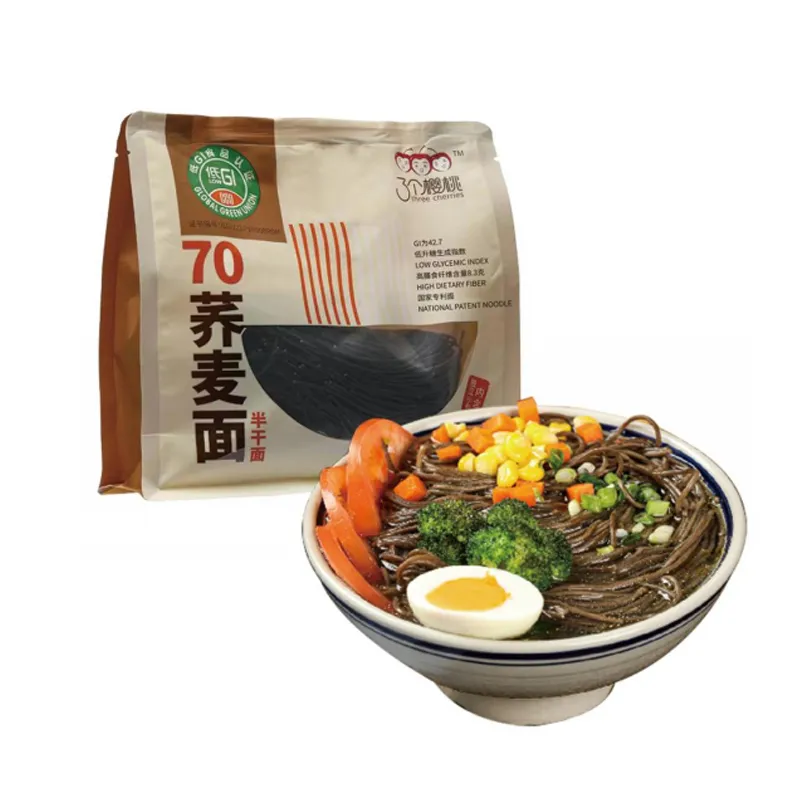Refreshing Chilled Noodles Perfect for Hot Summer Days
The Delightful World of Cold Ramen A Chilled Culinary Experience
Ramen, one of the most beloved dishes in Japanese cuisine, typically evokes images of steaming bowls of broth, slurp-worthy noodles, and garnishes that tantalize the taste buds. However, there exists a lesser-known, yet equally delightful variant cold ramen, or hiyashi chūka. As the temperatures rise in summer, this dish emerges as a refreshing alternative, bringing the same comforting qualities of its hot counterpart but with a crisp, refreshing flair.
Historical Roots
Cold ramen’s origins can be traced back to mid-20th century Japan. It is said to have been popularized in the post-war era, particularly in the summer months, as a way to provide a refreshing meal during hot weather. Katsuobushi (dried bonito flakes) and sesame are among the classic ingredients that define its flavor profile. Over time, the recipe has evolved, with variations showcasing regional ingredients and personal creativity.
The Art of Preparation
Preparing cold ramen might sound simple, but there is an artistry to it that requires attention to detail. First, the noodles are cooked in boiling water until they are al dente. The key is to avoid overcooking; the texture should retain a slight chewiness to contrast with the toppings. Once cooked, the noodles are rinsed under cold water to stop the cooking process and to remove excess starch, which helps to improve the dish's overall texture.
Next comes the broth or sauce. Instead of the rich, hearty broth one might find in hot ramen, cold ramen typically features a lighter sauce, often made with soy sauce, vinegar, and sesame oil. Some recipes add a hint of sugar for sweetness or chili oil for a spicy kick. The sauce is chilled before being served, enhancing its refreshing quality.
Toppings Galore
cold ramen

What makes cold ramen truly exciting is the array of toppings that can be used. Traditional toppings include sliced cucumbers, tomatoes, and sheets of nori (seaweed), providing a crunchy texture and vibrant colors. Protein options such as sliced grilled chicken, shrimp, or even boiled eggs can be added to enhance the dish nutritionally. For those looking for a vegetarian option, tofu is a wonderful substitute. The harmonious blend of colorful toppings not only makes the dish visually appealing but also adds an array of flavors and textures.
A Fusion of Flavors
As global culinary trends continue to evolve, cold ramen has begun to take on fusion elements, incorporating flavors and ingredients from various cultures. Some adventurous chefs may add elements like avocado, kimchi, or a drizzle of spicy mayo, creating a delightful blend of tastes that pays homage to both traditional Japanese cuisine and modern food trends.
A Seasonal Favorite
While cold ramen is enjoyed year-round, it holds a special place in the hearts of many during the summer months. Its lightness and refreshing qualities make it an excellent choice for picnics, beach outings, or simply enjoying at home on a hot day. Pair it with a chilled beverage, such as iced green tea or a light beer, and you have a perfect summer meal.
Conclusion
In the diverse realm of ramen, cold ramen stands out as a dish that celebrates freshness and creativity. Whether sticking to traditional recipes or experimenting with innovative twists, the joy of cold ramen lies in its adaptability and refreshing taste. The next time the sun shines brightly and the heat is on, consider reaching for a bowl of cold ramen—a delightful way to savor the essence of summer in every slurp.
-
Unlock the Delicious Potential of Yam NoodlesNewsAug.11,2025
-
The Authentic Taste of Lanzhou NoodlesNewsAug.11,2025
-
Savor the Art of Hand Pulled NoodlesNewsAug.11,2025
-
Indulge in the Timeless Delight of Spaghetti BologneseNewsAug.11,2025
-
Indulge in the Rich Flavor of Braised Beef NoodlesNewsAug.11,2025
-
Elevate Your Meals with the Magic of Fresh PastaNewsAug.11,2025
-
Unleash Your Inner Chef with Delectable Italian Pasta CreationsNewsAug.01,2025
Browse qua the following product new the we

















































































































